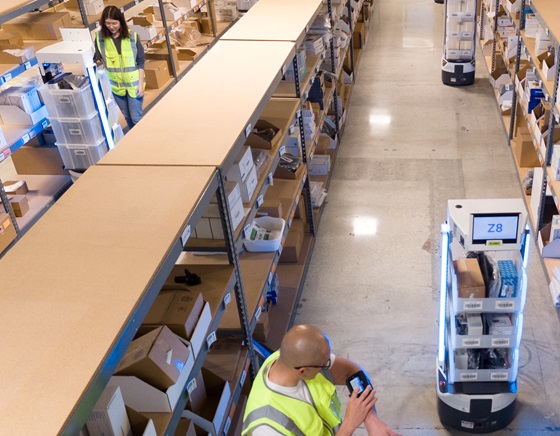Zebra Technologies Corporation announced the launch of new solutions at Automate 2024 that are designed to support the connected factory concept and advance its industrial automation portfolio. The expanded portfolio aims to boost efficiency in front-line workflows for manufacturers, helping them address challenges related to productivity, labor shortages, and technology integration.
Highlighted at the event is the Zebra FS42, the latest fixed industrial scanner capable of handling intensive tasks such as deep learning-based optical character recognition and high-speed scanning. This scanner features increased memory and a neural processing unit to handle advanced AI-based deep learning applications. The scanner integrates with Zebra’s Aurora Software Suite, which offers comprehensive track-and-trace capabilities and vision inspection features, simplifying setup and operation with its Aurora Focus™.
Zebra also introduced its 3S Series 3D sensors, designed for inspecting static and moving items with sub-millimeter accuracy. Using parallel structured light technology, these sensors can handle high-gloss, translucent, or transparent objects. The 3S40 and 3S80 models feature differing scan ranges for static and dynamic inspection, respectively. Both sensors are integrated with the Aurora Design Assistant™ and Vision Studio™ software to streamline 3D vision application development.
Further expanding its industrial automation suite, Zebra launched Symmetry Fulfillment, a solution that combines autonomous mobile robots, wearables, software, and analytics to optimize worker-robot collaboration. It leverages these technologies to maintain quality standards, reduce unit costs, and provide real-time insights for operational leaders to enhance decision-making and agility.
Additionally, Zebra offered a preview of a new tool for Vision Guided Robotics within its Aurora Design Assistant software, optimized for collaborative robot applications via a web-based interface. These developments reflect Zebra’s focus on improving visibility, quality, and workforce augmentation in manufacturing, contributing to the evolution of connected factory operations.

